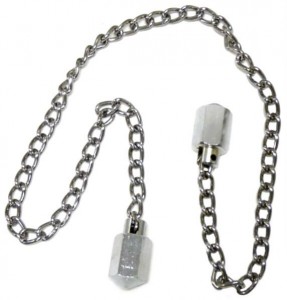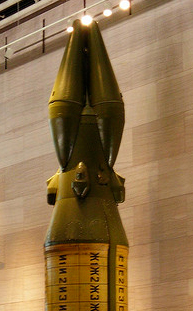Publisher’s Statement, from Chain-Fighting Prospectus #1
by Roger Ehrman, Publisher*
 I’m sure we all have a few cherished memories from the glorious days of chain-fighting in our youth. For me, it’s something of a toss-up between two extremes. On one hand, there’s the big-league memory of the day in 1963 when prohibitive underdog Joe Oberg stared into the cameras and guaranteed a victory over Tiny Wallace, and then broke out all of the champ’s teeth on the second swing of his anchor-chain. Stirring, indeed, but equally golden in my mind are all of the Sunday afternoons when I went with my father out behind the Amoco on the outskirts of Mason City to watch the amateur chain-fights; certainly not as glamorous, but it taught this young man a great many lessons on how a man faces pain. And in that light, I think I can be forgiven for waxing a bit sentimental.
I’m sure we all have a few cherished memories from the glorious days of chain-fighting in our youth. For me, it’s something of a toss-up between two extremes. On one hand, there’s the big-league memory of the day in 1963 when prohibitive underdog Joe Oberg stared into the cameras and guaranteed a victory over Tiny Wallace, and then broke out all of the champ’s teeth on the second swing of his anchor-chain. Stirring, indeed, but equally golden in my mind are all of the Sunday afternoons when I went with my father out behind the Amoco on the outskirts of Mason City to watch the amateur chain-fights; certainly not as glamorous, but it taught this young man a great many lessons on how a man faces pain. And in that light, I think I can be forgiven for waxing a bit sentimental.
There are those who say that chain-fighting has fallen from those hallowed days, that the cable TV deal and the Snap-On Tools sponsorship have robbed the sport of something essential. These purists are certainly entitled to their opinions, but I feel that they are missing the point. Chain-fighting is about two men, eight feet of linked metal, and the raw will to compete; nothing more, nothing less, and no TV deal will change that.
Chain-fighting is as vital and energetic today as it ever has been. Indeed, I would argue that chain-fighting is poised to enter a new, golden age as we begin the Twenty-First Century. Witness the revolution sweeping the sport in the wake of Magnus Thorsson’s groundbreaking two-handed swing technique. Or the team at Stanford investigating the introduction of ringside epidurals. Or the wave of exciting new chain materials– including ceramics– coming out of Japan, truly stretching the boundaries of what chain-fighting is and can be. I am firmly convinced that, for those of us in the happy fraternity of link-swingers, the road ahead has never been brighter.
Continue reading Publisher’s Statement from Chain-Fighting Prospectus #1
